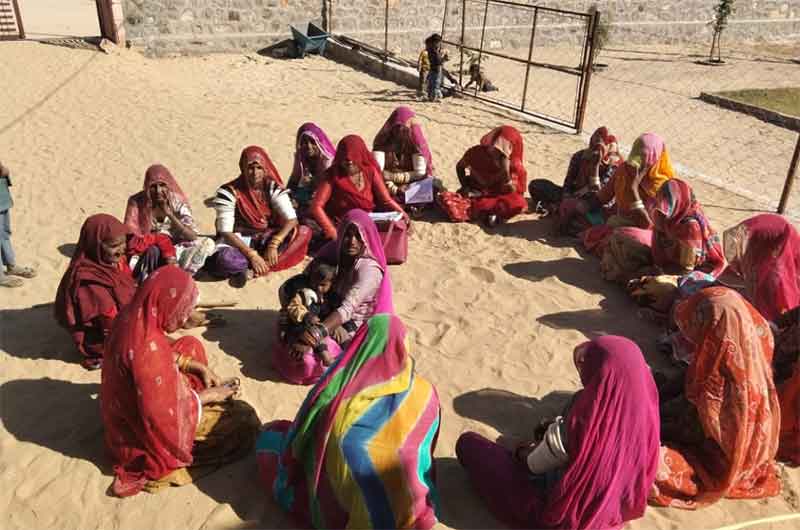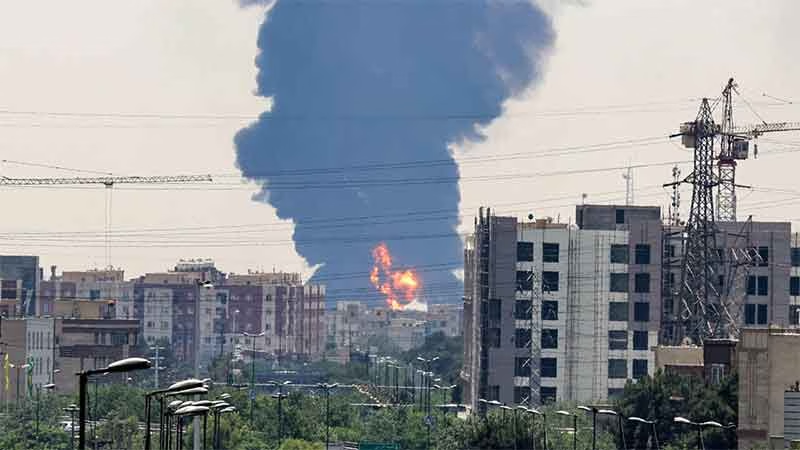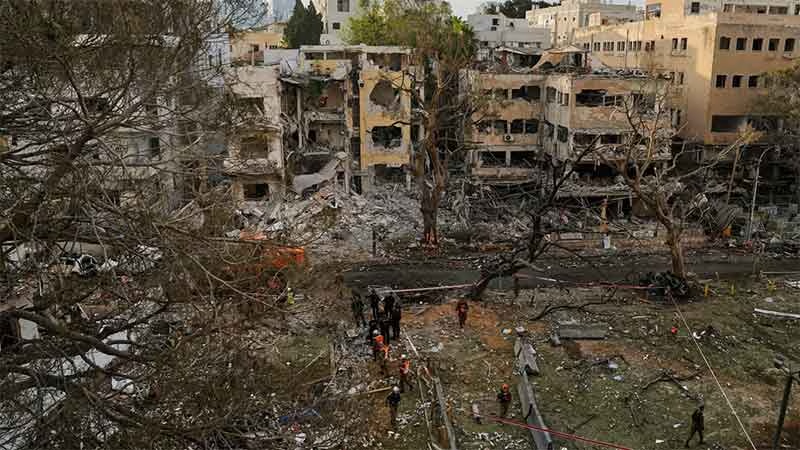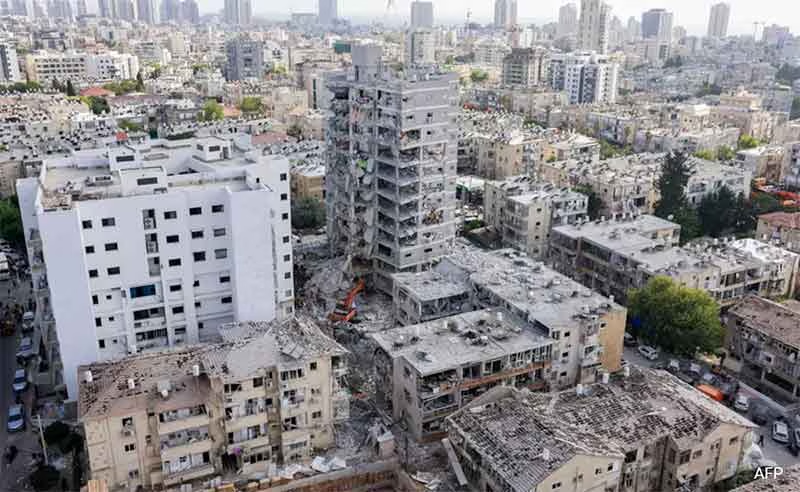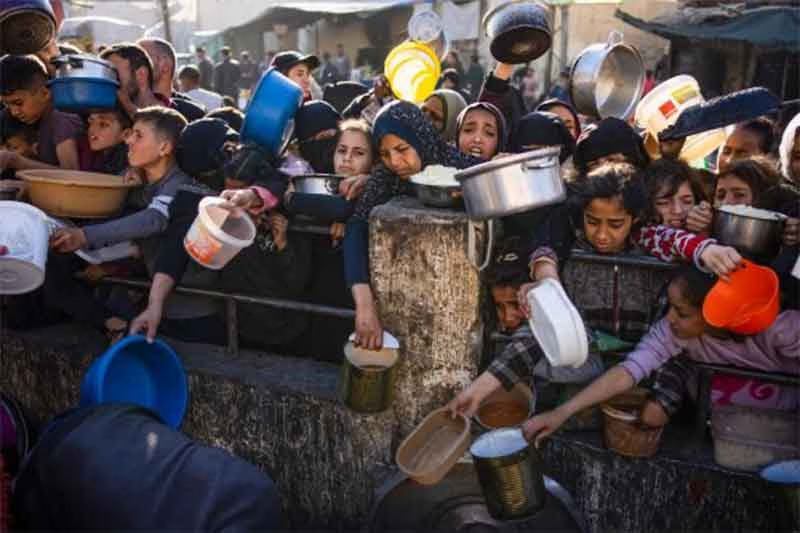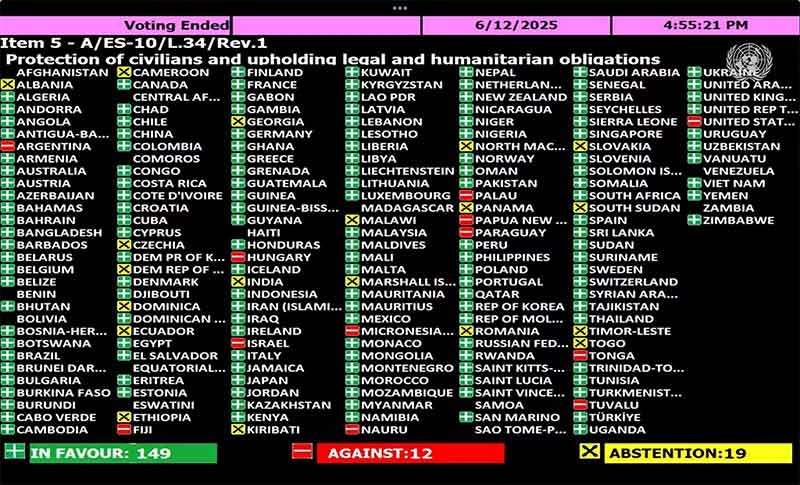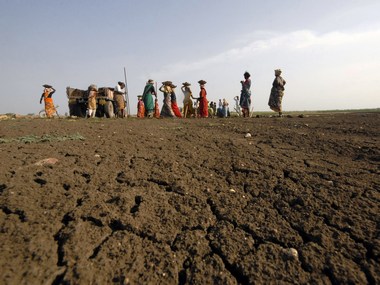
MGNREGA( Mahatma Gandhi National Rural Employment Guarantee Act) this year has almost come to a standstill. While the nation is debating the economic slowdown and falling demand in the rural areas , economists emphasizing that increase in the rural income and generating resources for the poor as a potential solution to the on going crisis, the so called world’s largest job scheme remains neglected by the Government of India.
While focusing on rural job creation and ameliorating the rural wages should have been the ideal policy solutions in this hour of crisis , the Government conveniently choosing to look away from the problems.
In the past few years we have observed that 85-90% of the allocated budget for NREGA generally get exhausted within the first six months of the financial year, surprisingly this year the utilization is only 64% of the total allocation till now, with just five and a half months to go in the financial year.
It is shocking that when the rural workers are facing great joblessness and the purchasing power of the rural households is going down by the day, the overall expenditure in MGNREGA this year has substantially reduced.
The general trend in the past few years show that the MGNREGA allocation almost gets exhausted in the first 6 months and thereafter the government deliberately slows down the work by seizing the money centrally. Every year, generally there is a routine spell of 2-3 months when the NREGA money get stuck, the centre does not release the wages and in turn the work gets dried up at the ground. This is generally how the central government deals with the inadequacy of funds and manages the overwhelming job demands in the later half of the year when the crop harvests are generally over, by allocating a meager supplementary budget to the original provision. However this year, despite the fact that there has been no significant alternate opportunities of employment created in the rural areas the employment generation has drastically gone down and the expenditure is surprisingly low.
It is worth noting that almost 4 crore families have participated in MGNREGA works this year by the mid of October which is almost similar to the last year’s numbers by this time but the expenditures have gone down by more than 20% than what was spent last year by the middle of October. The persondays generated till now is only 56% of the total approved persondays for the financial year of 2019-20. It signifies a great fall in the availability of work as compared to last year and shows a great decline in the work done at ground.
Generally the allocation and expenditure in NREGA for a particular year involves the pending liabilities and payments respectively from the previous years which goes to show that in real terms the expenditure is even lower.
Using this data this year the Government might want to justify that the allocation is adequate but one can easily see through the reality. The dismal drop in numbers show a great systemic failure in implementation this year. It is shameful that when the central government needed to boost the rural income , it had actually ignored the flagship rural income generation programme and left more than 13 crores rural workers in consternation.
Earlier this year the union rural development minister Mr. Narendra Singh Tomar had made a bizarre statement in the parliament that the BJP government does not wish to continue MGNREGA forever as it is for the poor and further said that the Government is looking to eradicate poverty. Whatever he might have meant by this strange presentation, it is evident from the actions of the Government that the rural workers are of least priority for them.
There are currently about 13 crore job card (JC) holding families in the nation out of which 7.7 crore households have worked at least one day in the last three years ( these JCs have been termed as active JCs) according to the official website of the central government.
Even if the government intends to provide funds for at least 50 days of employment for the active job card holding families, then nothing less than 90000 crores will be required annually (taking per person per day expenditure as 242 as per the official MIS).
There is another perspective to understand the inadequacy in fund allotment. Considering that each work demand application made for NREGA work has a minimum 14 days of demand for employment, as per the 2018-19 data for demand creation, the government should have allocated funds on the lines of ₹310 crore person days (number of people working per day times number of days worked) but in the actual scenario, the government had an approved labour budget of 256 crore person days in 2018-19 and 258 crore person days for 2019-20. This also goes to show that the government does not even have funds for meeting the current minimum work demands even after supplementary allocations are made.
These data show that the Central Government is systematically undermining the rural job programme and this year it has completely ignored the rural needs. Even the official records show an abysmal performance.
The eminent economists, social activists and advocacy groups have been constantly demanding higher wages for the workers and greater allocation for the programme but the Centre on the contrary had reduced allocation and brought the implementation to a standstill.
Even hasty surveys in villages would show that negligible work has happened this year in MGNREGA and workers are routinely denied timely payments. Like the previous few years this year too the Central fund release had been frequently delayed.
The Government’s approach towards MGNREGA in this hour of crisis has further shown their apathy towards the rural poor and exposed their lack of intent in bringing the economy back on track.
Noted economist Abhijeet Banerjee who had been recently awarded the Nobel prize in the field of economics, had said during a speech that the Indian Government should consider providing higher pay to the MGNREGA workers to boost the rural demands, however the ground realities and the overall statistics suggest that the rural laborers are facing severe joblessness and their legal right to employment is routinely violated.
Debmalya Nandy is a social Worker
SIGN UP FOR COUNTERCURRENTS DAILY NEWS LETTER




